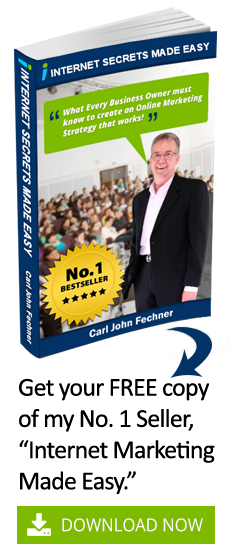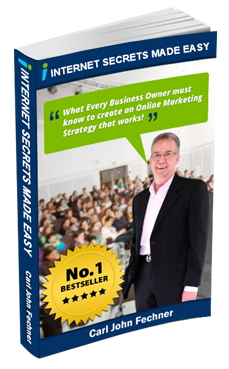 Like what I’ve said yesterday, I’ll be posting another article today from Copyblogger. As we read on, we’ll learn more techniques on how to write headlines that gets results.
Like what I’ve said yesterday, I’ll be posting another article today from Copyblogger. As we read on, we’ll learn more techniques on how to write headlines that gets results.
It’s no surprise to discover that one of the most popular blog posts Brian Clark ever wrote for Copyblogger was How to Write Headlines That Work. Every copywriter and every journalist knows the importance of a powerful headline, and that awareness has spilled into the business blogosphere, where everyone is a bit of a copywriter and a bit of a journalist. Despite that, many still underestimate just how important headlines are. So here are some anecdotes, facts, and guidelines that can help you write even better headlines (and also let you know how much you should focus on them).
The 50/50 Rule of Headlines
According to some of the best copywriters of all time, you should spend half of the entire time it takes to write a piece of persuasive content on the headline. So if you have a blog post that is really important to you or your business, one that you really want people to read, you should downright obsess over your post title.
Advertising legend David Ogilvy knew the power of headlines, and how the headline literally determined whether the advertisement would get read. He rewrote this famous headline for an automobile advertisement 104 times:
At 60 miles an hour, the only thing you hear in the new Rolls Royce is the ticking of the dashboard clock …
Master copywriter Gene Schwartz often spent an entire week on the first 50 words of a sales piece — the headline and the opening paragraph. Those 50 words are the most important part of any persuasive writing, and writing them well takes time.
Even for the masters.
The 80/20 Rule of Headlines
Here are some interesting statistics.
On average, 8 out of 10 people will read headline copy, but only 2 out of 10 will read the rest. This is the secret to the power of the headline, and why it so highly determines the effectiveness of the entire piece.
The better the headline, the better your odds of beating the averages and getting what you’ve written read by a larger percentage of people.
Writing a great headline doesn’t guarantee the success of your writing. The benefit conveyed in the headline still needs to be properly satisfied in the body copy, either with your content or your offer.
But great body content with a bad or even marginal headline is doomed to go unread.
How to Write a Great Headline
In the last section of this ebook, we looked at the different categories of headlines that work. Now we’ll look at analytical techniques for producing great headlines.
The copywriting trainers at American Writers & Artists teach The Four U’s approach to writing headlines.
Headlines, subheads and bullets should:
- Be USEFUL to the reader,
- Provide him with a sense of URGENCY,
- Convey the idea that the main benefit is somehow UNIQUE; and
- Do all of the above in an ULTRA-SPECIFIC way.
Copywriter Clayton Makepeace says to ask yourself six questions before you start to write your headline:
- Does your headline offer the reader a reward for reading?
- What specifics could you add to make your headline more intriguing and believable?
- Does your headline trigger a strong, actionable emotion the reader already has about the subject at hand?
- Does your headline present a proposition that will instantly get your prospect nodding his or her head?
- Could your headline benefit from the inclusion of a proposed transaction?
- Could you add an element of intrigue to drive the prospect into your opening copy?
Makepeace’s six questions combined with the basic structure of The Four U’s provide an excellent framework for writing spectacular headlines. And you’ll note that just about any headline that satisfies the framework will fall into one of the eight categories you learned in the last section.
It takes work and focus, but the effort will make you a more popular blogger and a more profitable businessperson.
On my next post, you will learn more about “The Structure of Persuasive Copy“.
ARTICLE SOURCE: This content is syndicated news that can be used for your research, and we hope that it can help
your productivity. This content is for educational purposes and is not made for any kind of commercial purposes of
this blog.




